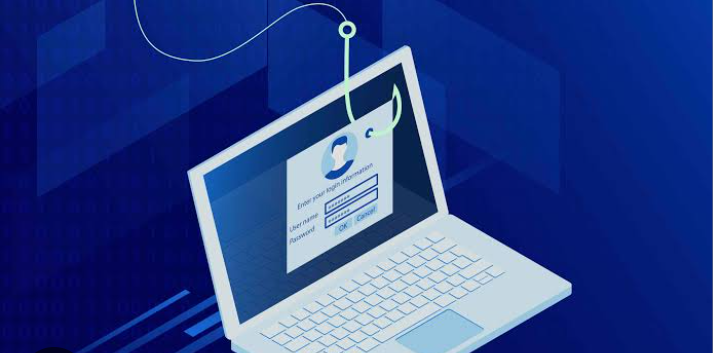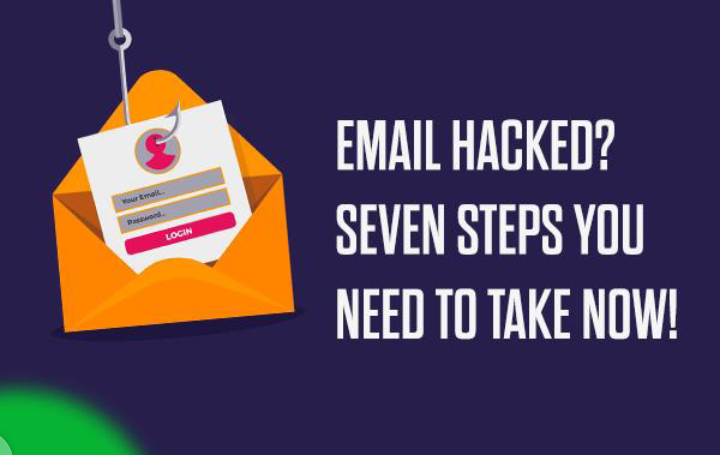How Does Malware Work?
Malware threats have been around since the birth of computing. But what exactly is malware? In this blog post, we will define malware, introduce the different types of malware, and explain how it works. We will also describe the warning signs of an infected device and explain how anti-malware software can keep your device safe.
What is Malware?
Malware is an umbrella term for any type of “malicious software” that is designed to infiltrate your device without your knowledge, cause damage or disruption to your system, or steal data. Adware, spyware, viruses, botnets, trojans, worms, rootkits, and ransomware all fall under the definition of malware.
How does Malware work?
For malware to work, it usually needs you to do something first to get the software on your computer. That means clicking a link, opening an attachment, or visiting an infected website. Once on your machine, the malware’s payload begins the task it is designed to perform — stealing your data, encrypting your files, installing additional malware, and so on.
Malware will stay on your system until it is detected and removed. Unfortunately, some malicious software will try to block or hide from any antivirus apps or other security tools you may have.
Why do hackers and cybercriminals use Malware?
Hacking and malware go hand-in-hand, computer hacking means gaining unauthorized access to a device or network, which is often done through malicious code. And with malware source code widely available on the dark web, even pedestrian cybercrooks can get access easily.
The use of malicious software not only helps hackers evade security protocols more effectively, it allows them to more easily target large numbers of victims, and perpetrate a wide range of sophisticated cybercrimes including fraud, extortion, data theft, and denial of service attacks.
Common types of Malware
- Ransomware: Ransomware is a malicious software that encrypts a victim’s files or locks their entire system until a ransom is paid. Once the ransom is paid, the attacker may provide a decryption key to unlock the files or restore access to the system.
- Spyware: Spyware is designed to gather information about a user or organization without their knowledge. It secretly monitors activities, such as keystrokes, web browsing habits, and personal information, and transmits this data to the attacker.
- Worms: Worms are self-replicating malware that spread across networks without any user intervention. They exploit security vulnerabilities to infect devices and can replicate themselves to infect other connected devices, causing network congestion and potential damage to systems.
- Adware: Adware, short for advertising-supported software, is a type of malware that displays unwanted advertisements on a user’s device. It often comes bundled with legitimate software and generates revenue for the attacker by displaying intrusive ads or redirecting users to malicious websites.
- Trojans: Trojans, or Trojan horses, disguise themselves as legitimate software or files to deceive users into downloading or executing them. Once activated, Trojans can perform various malicious activities, such as stealing sensitive data, creating backdoors for other malware, or enabling remote control of the infected system.
- Botnets: Botnets are networks of compromised computers, often referred to as “zombies” or “bots,” that are controlled by a central command and control (C&C) server. Botnets are typically used for malicious purposes, such as launching distributed denial-of-service (DDoS) attacks, sending spam emails, or performing large-scale cyber attacks.
- Rootkits: Rootkits are sophisticated malware designed to gain unauthorized access to a computer or network while hiding their presence. They manipulate the operating system to provide privileged access to attackers, allowing them to install other malware, steal data, or control the compromised system remotely.
- Browser hijackers: Browser hijackers modify a user’s web browser settings without their consent, redirecting them to unwanted websites or altering the default search engine. They often come in the form of browser extensions or add-ons and can lead to privacy issues and the exposure of sensitive information.
- Cryptominers: Cryptominers, or cryptocurrency miners, exploit a computer’s processing power to mine cryptocurrencies without the user’s consent. They consume system resources, slow down the computer, and can cause increased energy consumption and reduced hardware lifespan.
- Logic bombs: Logic bombs are malware programs that are triggered by specific events or conditions. They lie dormant until the predefined trigger occurs, at which point they execute malicious actions, such as deleting files, causing system crashes, or spreading to other devices.
Which devices can be affected?
No device is immune to malware — desktops, laptops, mobiles, and tablets are all susceptible. Along with securing your home network with firewall protection, make sure each of your devices is defended with anti-malware software.
How to know if your device has been infected.
- Your device begins running slower than usual.
- You notice a shortage of available storage space.
- Pop-ups and unwanted programs appear on your device.
How to protect against Malware
The best way to protect against the different types of malware is to use comprehensive anti-malware software that detects, blocks, and removes viruses.
How to reduce your exposure to ransomware
- Don’t click shady pop-ups or banner ads.
- Avoid links, email attachments, and downloads you’re unsure of.
- Keep your software updated to benefit from the latest security patches.
- Only install mobile apps downloaded from the Apple App Store or Google Play.
- Check the ratings and reviews before downloading any programs on your computer.
- Be extra careful when using P2P networks.
- Back up your system regularly to minimize the potential impact of data loss.
Conclusion
In conclusion, malware operates through a variety of methods to compromise the security and integrity of computer systems and networks. Whether it is through the use of deceptive tactics, exploiting vulnerabilities, or employing sophisticated techniques, malware can infiltrate devices, steal sensitive information, disrupt operations, and cause significant damage. The constantly evolving nature of malware poses ongoing challenges for individuals, organizations, and cybersecurity professionals. It underscores the importance of adopting robust security measures, staying vigilant against suspicious activities, and regularly updating software to defend against the ever-present threat of malware. By understanding how malware works and taking proactive steps to mitigate its risks, you can enhance your digital resilience and safeguard your systems and data from malicious attacks.
Do you have questions on how to find the perfect cybersecurity solution for your business? Enov8 Solutions can help you. Email us at Info@enov8solutions.tech to get started.





